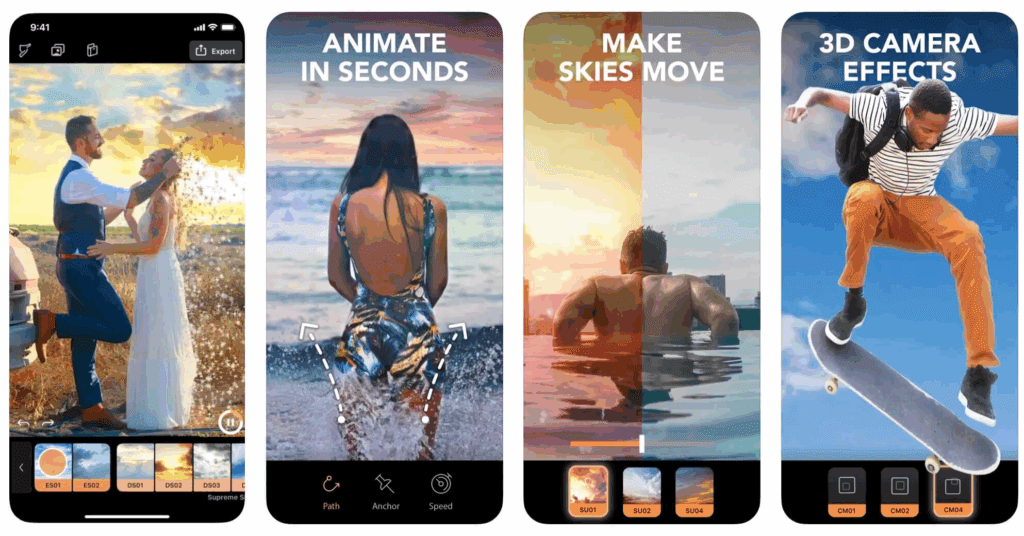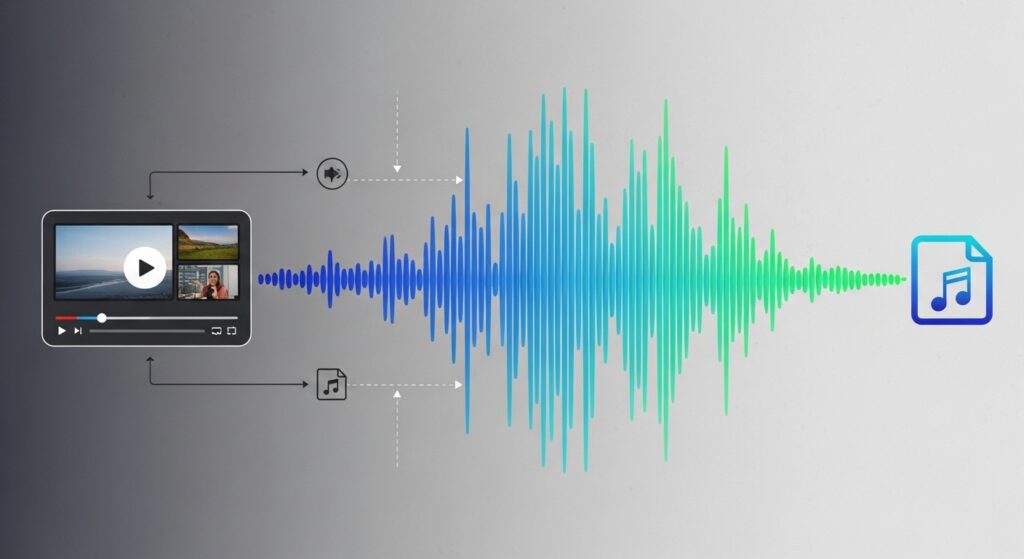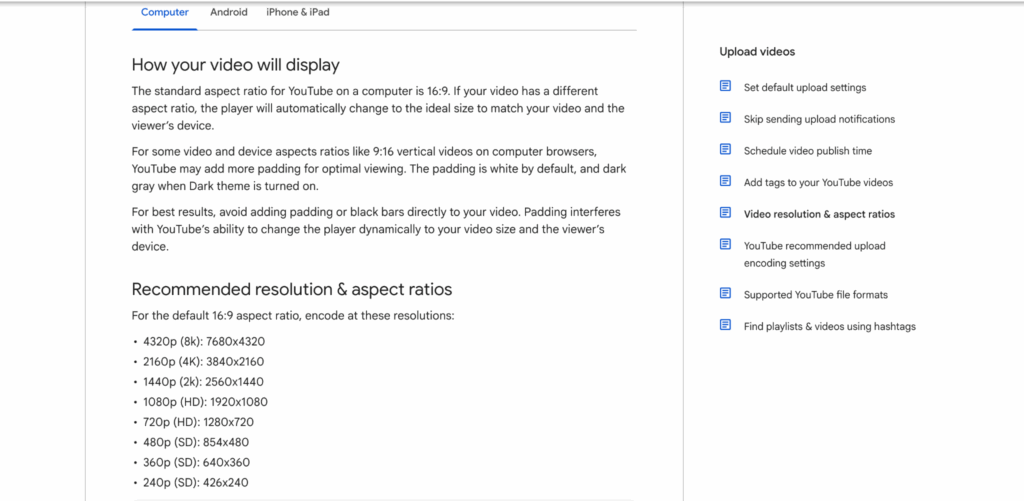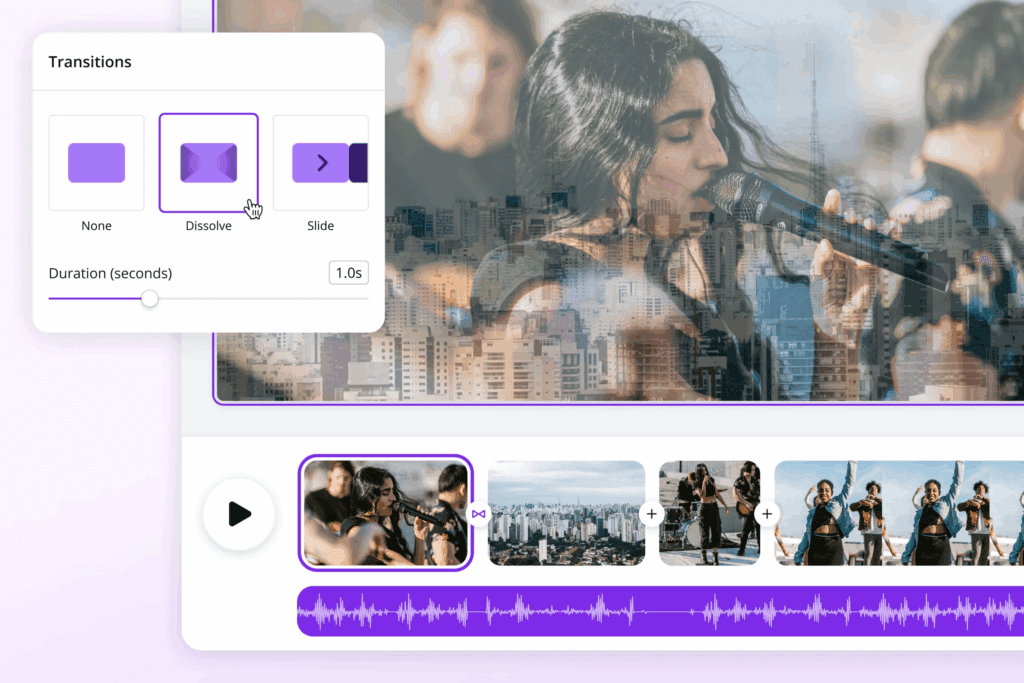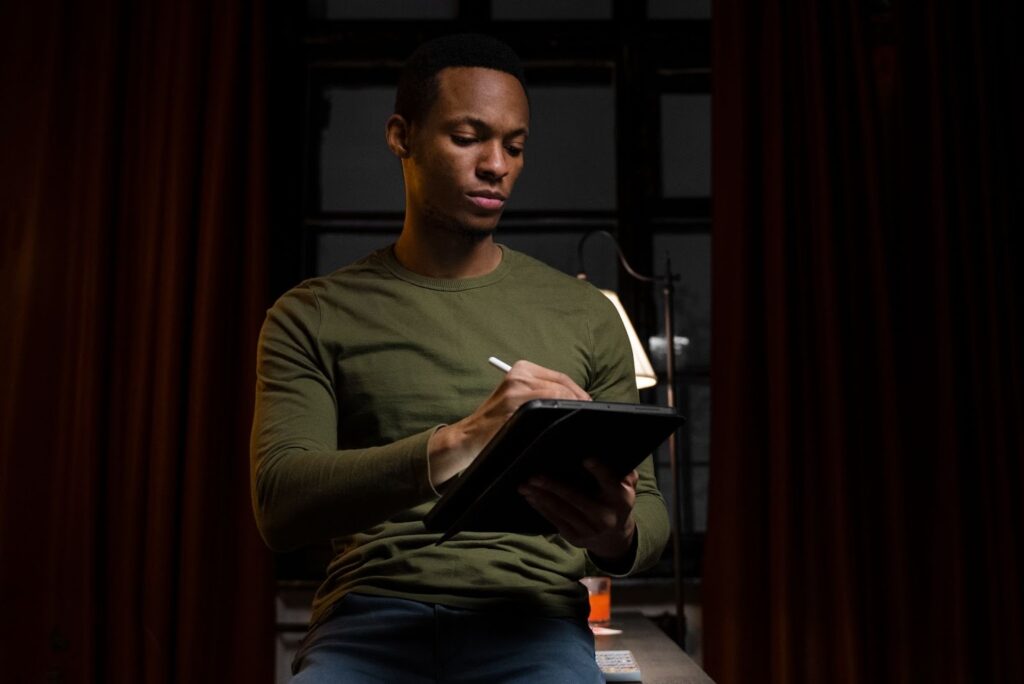10 Best VR Videos For Education
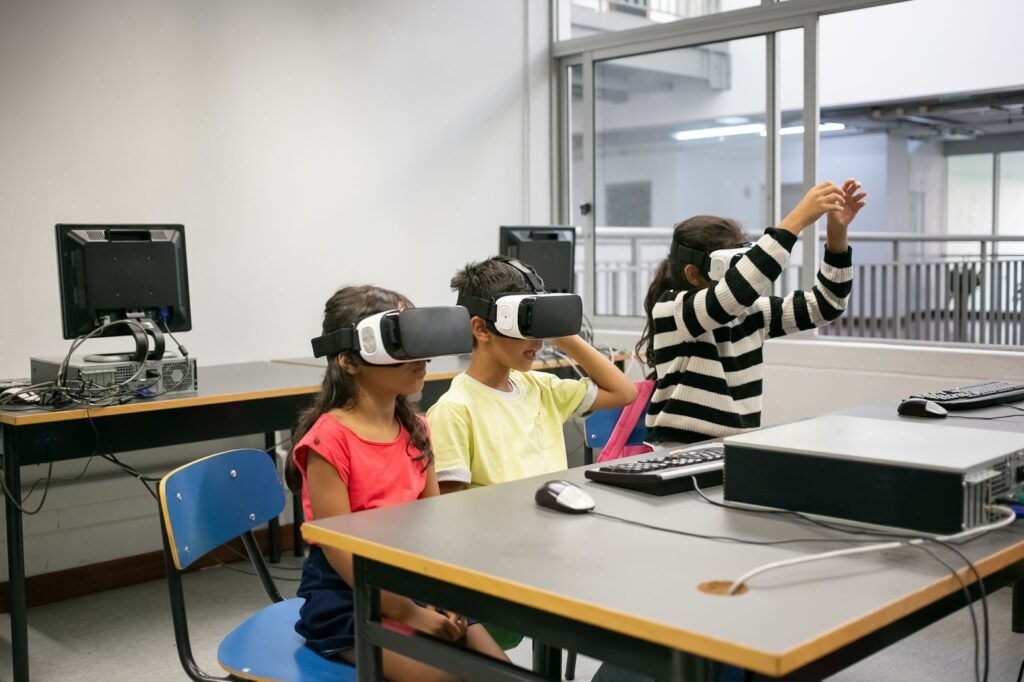
These vr videos turn class into a field trip you can start in ten seconds. Space walks, coral reefs, and ancient streets show up on one screen. Use a headset or a laptop. Both work. Just press play, look around, and learn. The clips are short and clear, so students stay with you. Then ideas click and voices rise. Try one now and watch the room wake up.
What Are The 10 Best VR Videos For Education Right Now?
Below is a quick table you can skim. It includes subject focus, format, where to watch, and why the pick hits. These vr videos were chosen for clarity, length, and classroom fit.
| Pick | Subject | Format | Est. Length | Where To Watch | Why It Works |
| 1) International Space Station Tour | Space Science | 360 | 7–10 min | YouTube VR, NASA channels | Authentic context, simple narration |
| 2) Great Barrier Reef Dive | Biology | 360 | 5–8 min | National Geographic 360, YouTube VR | High color, clear animal behavior |
| 3) Ancient Rome Colosseum Walk | History | 360 | 6–9 min | Google Arts & Culture, YouTube VR | Architecture plus culture cues |
| 4) Inside A Volcano Expedition | Earth Science | 360 | 6–8 min | YouTube VR, Geo channels | Strong cause and effect visuals |
| 5) Human Heart Lab In VR180 | Anatomy | VR180 | 5–7 min | YouTube VR | Depth helps structure understanding |
| 6) Dinosaur Museum Night Tour | Natural History | 360 | 6–8 min | Museum channels, YouTube VR | Great for inquiry prompts |
| 7) Everest Base Camp Trek | Geography | 360 | 8–10 min | Travel 360 hubs, YouTube VR | Altitude context and climate talk |
| 8) Civil Rights Landmarks Journey | Civics | 360 | 6–9 min | Arts & Culture, YouTube VR | Place-based primary source feel |
| 9) Solar System Flythrough | Astronomy | 360 | 5–7 min | Space orgs, YouTube VR | Scale and motion made visible |
| 10) Rainforest Canopy Walk | Ecology | 360 | 6–9 min | AirPano, YouTube VR | Layers of life, easy to pause |
How We Picked These VR Videos For Class Use
I looked for clips that load fast, show clear action, and have classroom-safe visuals. I favored educational 360 video that tells a simple story in under ten minutes. I also listened for calm narration so students can focus. Then I checked comments and likes to avoid low quality. Because you asked for practical picks, I filtered for VR learning content that leads to quick writing prompts, exit tickets, or short lab chats. Finally, I checked where they stream so you can queue the vr videos on common headsets or laptops without stress.
Where Do You Watch VR Videos and Save For Later?
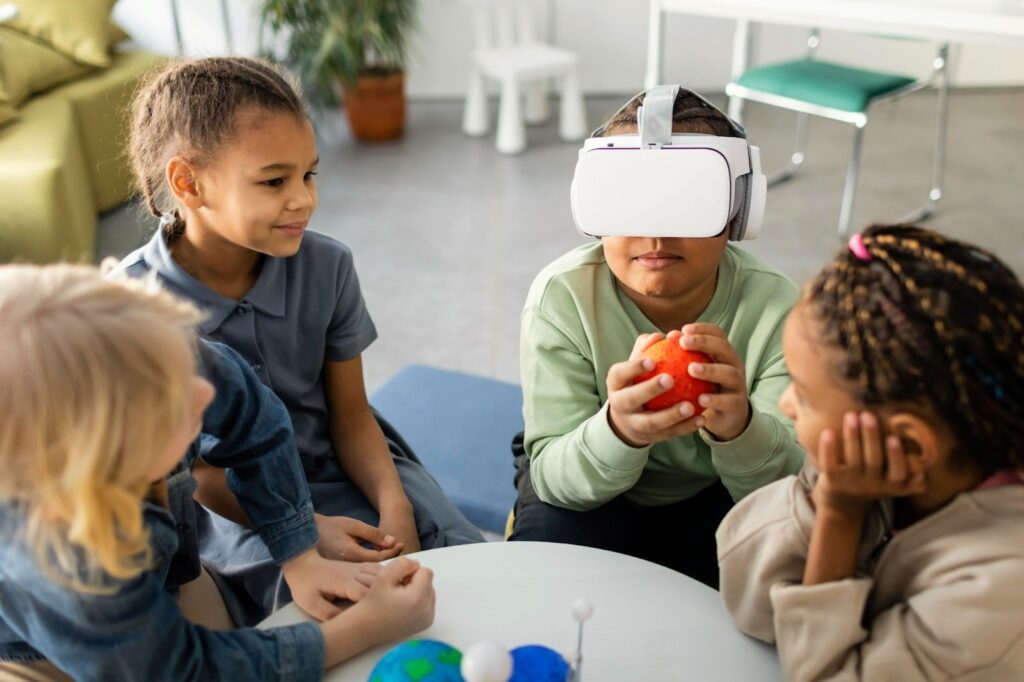
You can open most items in YouTube on a headset, laptop, or phone. For classroom VR, use YouTube VR on a compatible headset or play in a browser and let students pan with a mouse. Google Arts & Culture also has excellent cultural sets with easy controls. Meanwhile, museum channels and science orgs keep adding vr videos, so make a simple playlist for each unit.
How Do You Get VR Videos Playing In High Quality?
Quality matters. Sharp text on signs helps students read. For the best look, pick the highest resolution your device allows. Many vr videos stream in 4K or higher. If quality drops, pause, let it buffer, then resume.
- Connect to fast Wi-Fi, then open YouTube or the app you prefer.
- Search the title and choose the highest quality in settings.
- Seat students so they can turn safely while they watch vr videos.
- Keep clips short, then pause for questions.
When Should You Use VR Videos In A Lesson Plan?
Use them at the start of a unit to spark curiosity. You can also drop vr videos in the middle of a lesson to cement a hard idea, like volcanic layers or the heart’s chambers. Finally, close with a short clip and have students annotate a still frame. This supports VR learning content with a clear goal. For attention, aim for 5 to 8 minutes. That length fits most middle and high school routines and keeps energy high in classroom VR.
Where Can Creators Make Custom Clips That Fit A Lesson?
Sometimes you want a 15 second opener that matches your topic. Try VidAU AI to turn a still image into motion. It is quick, and it feels made for class hooks. Drop in a museum photo, generate movement, and use it as a teaser before the main vr videos playlist. You can even pair it with a classroom VR activity by asking students to script narration. That way your VR learning content expands beyond a single clip and becomes a mini project.
Conclusion
You now have ten solid picks, a clear setup, and quick prompts. If you want more reach, create short teasers with VidAU AI and mix them into your plan. With the right choices, vr videos can set the scene, anchor content, and spark writing in minutes. Keep clips short, check quality, and let students talk. Your next great lesson is one click away.
Frequently Asked Questions
Do I Need A Headset To Use VR In Class?
A headset helps, yet it is not required. You can play vr videos in a browser and let students drag the view with a mouse or trackpad. This keeps things simple and still gives that sense of place.
Is 360 The Same As VR?
360 refers to the view around you. VR can include 360 or VR180 and sometimes adds depth. For most lessons, a crisp educational 360 video is enough. If you want stronger depth cues, try VR180 on a compatible device.
How Long Should A Clip Be?
Aim for 5 to 8 minutes. This length supports focus and makes time for discussion. Short vr videos also load faster, which reduces wait time and keeps energy up.
Are There Free Options I Can Trust?
Yes. Many museums, science groups, and cultural projects post to YouTube and Arts & Culture. Start with one playlist per unit. Then add new VR learning content as you find it. Share your best links with the team.
How Do I Prevent Motion Sickness?
Pick steady camera work, avoid fast travel scenes, and let students sit while they watch. If someone feels off, stop the vr videos, show a still frame, and talk through the same idea without motion. Comfort guides learning.
